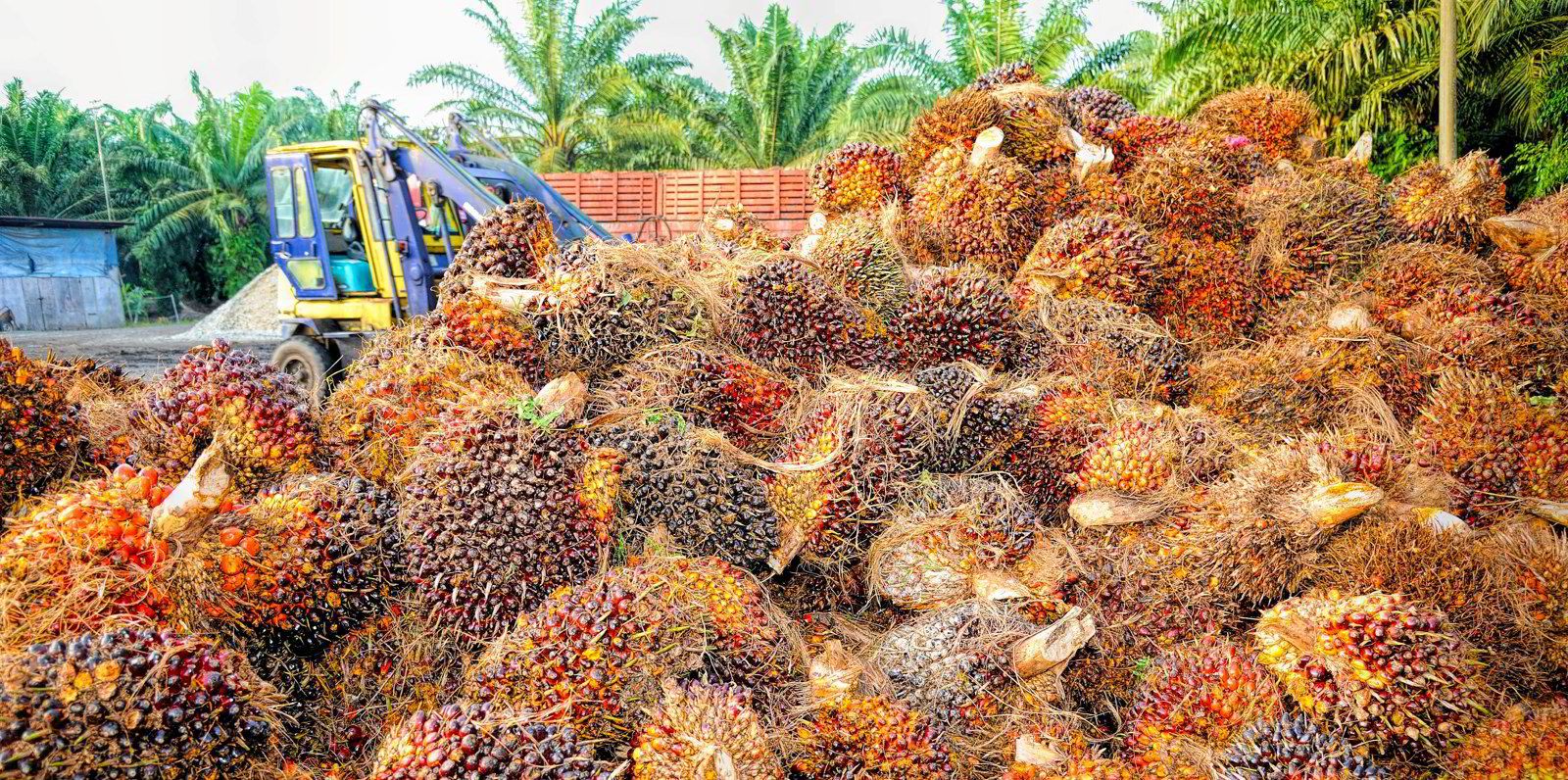Analysts are expecting a bumper year for palm oil pricing as global demand for the versatile vegetable oil stays strong.
However, with an El Nino weather phenomenon barrelling across the Pacific towards South East Asia and increasing domestic demand in Indonesia, predictions are that supply will remain tight.
Palm oil is derived from the fruit of a South East Asian palm tree variant and is used in everything from cosmetics to biofuel. Highly valued, it is one of the cornerstones of the Asian vegoil tanker trade.
S&P Global predicts that benchmark crude palm oil futures on Malaysia’s commodity exchange will average MYR 4,000 ($856) per tonne in 2024, up from MYR 3,798 in 2023.
Global demand for palm oil strengthened after Russia invaded Ukraine in February 2022, bringing supplies of Black Sea sunflower oil to an abrupt halt. Palm oil became the vegetable oil of choice, and sudden demand saw prices shoot up from MYR 3,592 per tonne before Russian tanks rolled across Ukraine’s border to a peak of MYR 7,100 per tonne on 25 April that year.
The spike was short-lived, and once the market shock wore off, prices averaged about $4,000 per tonne for the rest of the year before falling below that in 2023.
“Palm oil has had a very interesting journey over the last couple of years,” said Bjorn Stignor, chief executive of Golden-Agri Maritime, the maritime transport arm of Singapore-listed palm oil-producing giant Golden Agri-Resources.
“Palm oil replaced Ukrainian sunflower oil when it couldn’t come into the market in 2022. Last year, was a bit tricky when discounted sunflower oil started coming out of the Black Sea. Despite this, palm oil prices have stayed very high, close to sunflower oil,” he said.
The past couple of years have also seen shifts in the way palm oil is shipped, partly due to changing trading patterns.
Indonesia and Malaysia combined are responsible for about 85% of global palm oil production, which in 2022 and 2023 averaged just shy of 80m tonnes.
Indonesia, the top producer, exported 30.8m tonnes in 2022, with the bulk of it going to buyers in China and India. Both these countries also bought the largest shares of the palm oil exported by Malaysia.
“Europe has slowly been getting rid of palm oil for energy, so volumes have been dropping. The growth is in Asia,” Stignor said.
“The movement of palm oil is busy regionally, but has switched from small product/chemical tankers to intermediate-size vessels of 25,000 dwt and 35,000 dwt.”
The small tankers, Stignor added, have disappeared into domestic markets, especially in Indonesia, where palm oil shipments have risen dramatically after the government implemented changes in its export policy to control soaring cooking oil prices in the country.
Domestic Indonesian demand is also increasing because of the country’s biodiesel consumption. Indonesia uses palm oil as a feedstock for its 35% mandatory biodiesel blend. The country saw its domestic palm oil consumption for biodiesel exceed consumption for food for the first time in 2023, according to the Indonesian Palm Oil Association.
Last year also saw a 20% biodiesel mandate take effect in Malaysia.
Tight supply
Global demand for palm oil is expected to climb by 5.6 million tonnes in 2024, according to Hamburg-based analyst firm Oil World.
Indonesia’s palm oil output will likely remain stable at 48.5m tonnes in 2024, while Malaysian production is predicted at about 18.5m tonnes, much the same as it was in 2023, according to projections from their respective industry regulators, which do not foresee any production growth.
However, many experts are predicting that El Nino, which brings drier weather to South East Asia, will mean lower yields.
In November, research agency BMI highlighted below-normal rainfall over Indonesia, especially in the southern parts of the islands of Sumatra and Kalimantan — prime palm oil plantation areas — over the preceding three months.
During the 2015 to 2016 El Nino, oil palm yields fell by 17% in Indonesia and 9% in Malaysia, according to S&P Global data.
The full effect of El Nino on production yields will only become known in 10 to 12 months, according to market analysts.
Tight supply caused by El Nino, combined with rising domestic demand in Indonesia, may send palm oil prices on an upward trajectory, but it does not bode well for tanker players hoping to cash in on a palm oil shipping boom.







